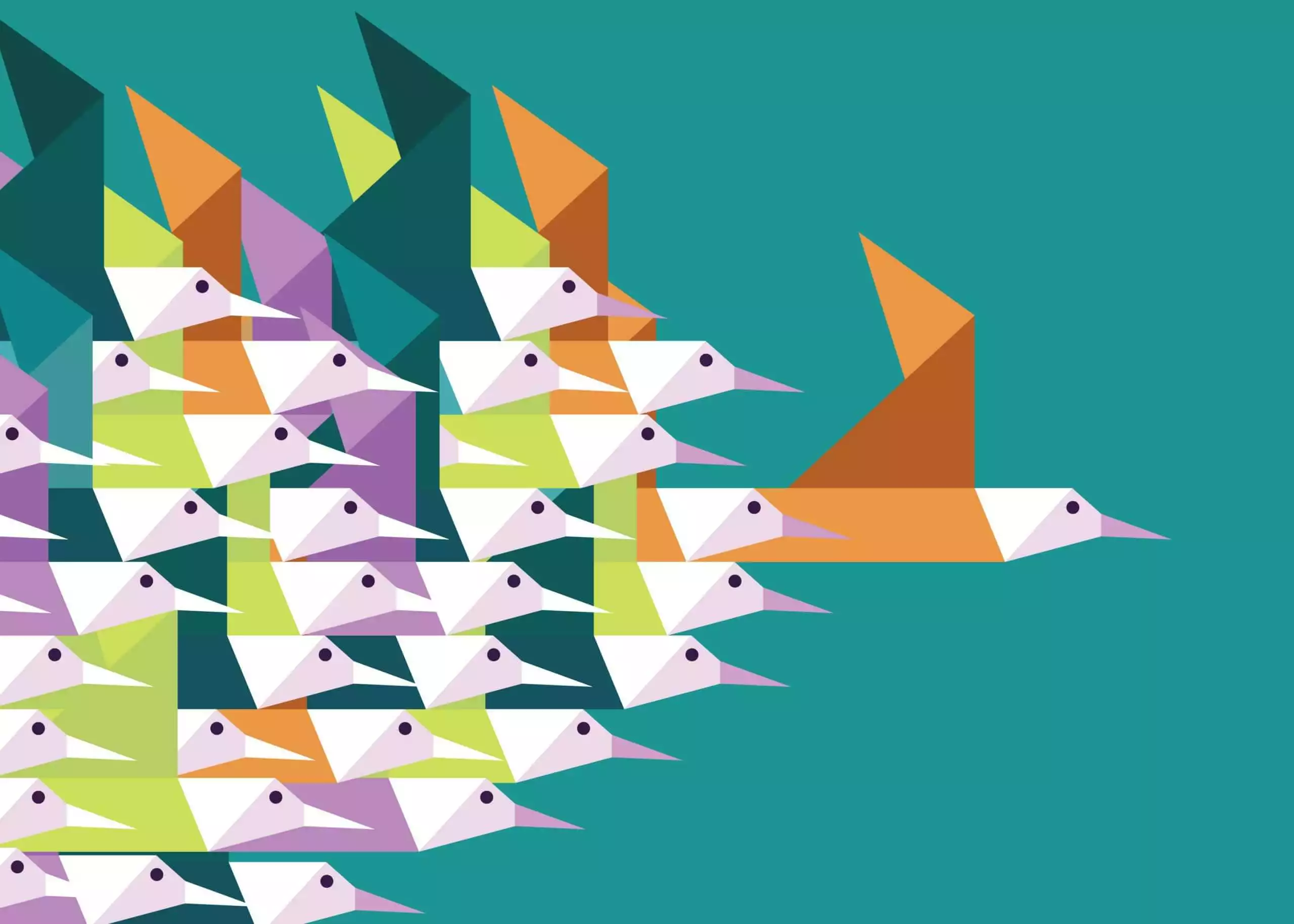Being a leader is a skill that anyone can learn, i.e., a taught or acquired skill. It takes desire. It takes long practice. Above all, it takes action.
Whether you are a teacher, parent, mentor, coach, manager, director, politician or CEO, any time you are in a position to influence the thinking, behavior or development of people to achieve a goal in your personal or professional life, you are assuming the role of a leader. You have a responsibility, even a moral obligation to make sure you are developing that skill.
The world needs better leaders in our communities, businesses, organizations and homes. If we look to the animal kingdom for models of leadership, we find that we can learn from the behavior of many species, particularly birds. The lessons are there for the taking if we pay attention. Let's examine seagulls and geese and compare them.
Seagull management
Seagulls. They are everywhere and they are not as innocent as they seem. They are loud, aggressive and operate from the point of view of "me" and "mine". When it comes to dinner, they are opportunistic and will take food out of another gull's mouth. When in a flock with other gulls, they become selfish and vicious competitors who do not want to share with each other.
Perhaps this sounds familiar: at the first sign of trouble, your boss steps in, reacts, sends mass emails and tries to play the hero. They are quick to point fingers, often in front of others, but rarely, if ever, account for their own mistakes. They walk away from the situation and wait for someone else to clean up the mess.
There is a term for this management style: a seagull manager, and it is considered the #1 management style in the United States.
Does your seagull fly off when a mistake occurs, make noise and then fly to another location? A seagull manager operates by miscommunication, as he rarely interacts with his employees unless there is some kind of fire to put out. Then they will squawk, fight and leave messes on their equipment, making the situation worse.
This happens a lot with new employees, who are not given enough orientation and subsequently reprimanded when they make a mistake.
It's not an attractive concept, first coined in Ken Blanchard's The One Minute Manager. You may be working for a seagull with highly developed swooping skills right now. Or, worse, you may have become one yourself.
The wisdom of geese: a better way to lead
Geese, on the other hand, work cooperatively and can accomplish more through collaboration. Geese can fly farther and faster when they fly together. That's the beauty of teamwork.
When a goose becomes sick or injured and is removed from the formation, two other geese will leave the formation and remain with the weakened goose. They will protect the sick goose from predators until it can fly again or die.
These birds are a perfect example of how teamwork can have a profound and powerful effect on any form of enterprise.
Leadership is about empowering others, inspiring them to participate while working toward a shared vision. A goose-minded leader is someone who understands that progress is only achieved when their team flies in formation, and part of their job is to teach others to be leaders. Did you know that geese regularly change leadership?
The goose leader knows that his role is to help the rest of the flock reach its destination. And he knows to rest when he gets tired of enduring the wind, the rain, the storm: he steps back in formation and allows another goose to lead the way.
In the workplace, people can and should do the same, i.e., cooperate and take turns performing difficult tasks, rather than fighting with their teammates.
When people work cooperatively, they achieve their goals faster and more easily. This contrast between the management styles of geese and gulls is often the difference between success and failure.
Take a lesson from the birds
Leaders: Schedule a time to meet with your team regularly, make sure you know what they are working on, identify everyone's level of development for their specific tasks, create a safe space for employees to ask for help when needed, interact with your staff, care about them.
Leaders are the vessels of a company's culture and must work diligently, through executive training and coaching programs, to ensure that they possess the knowledge and skills that motivate employees to perform, feel satisfied and love their work.
Is your team flying toward the goal? Being united under the same purpose and committed to the vision guarantees that you will reach the goal.
The wrong management style demotivates employees, kills productivity and leads them to disengage or leave. People may join companies, but they will leave the bosses.
No one influences an employee's morale and productivity more than their boss. Don't let managing seagulls hold you back. Gather your flock and see how far you can fly.




